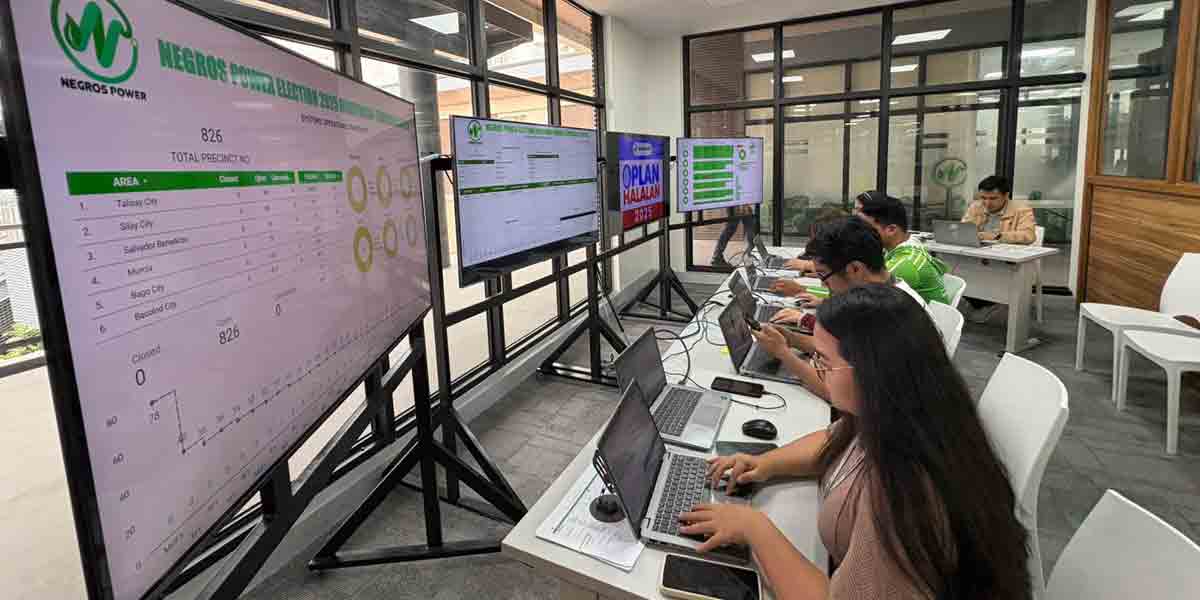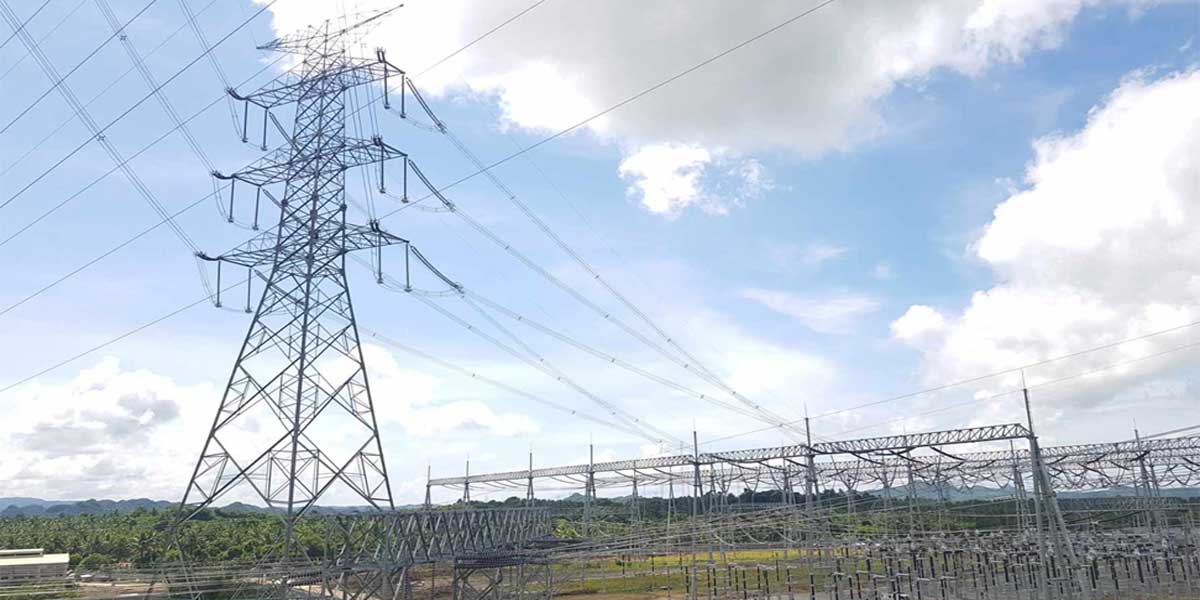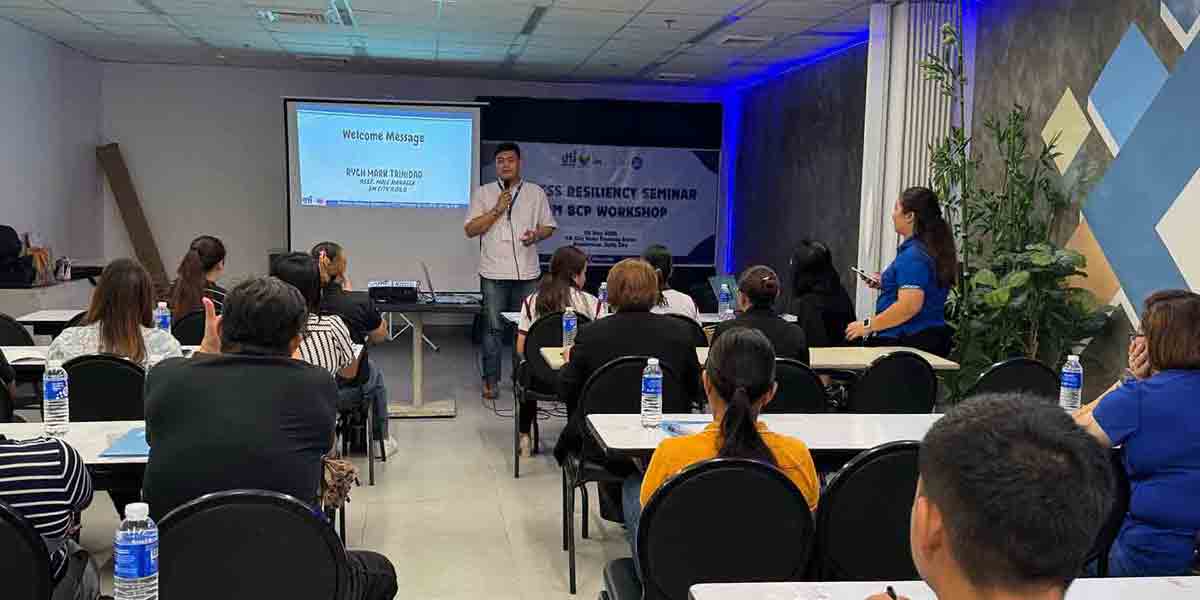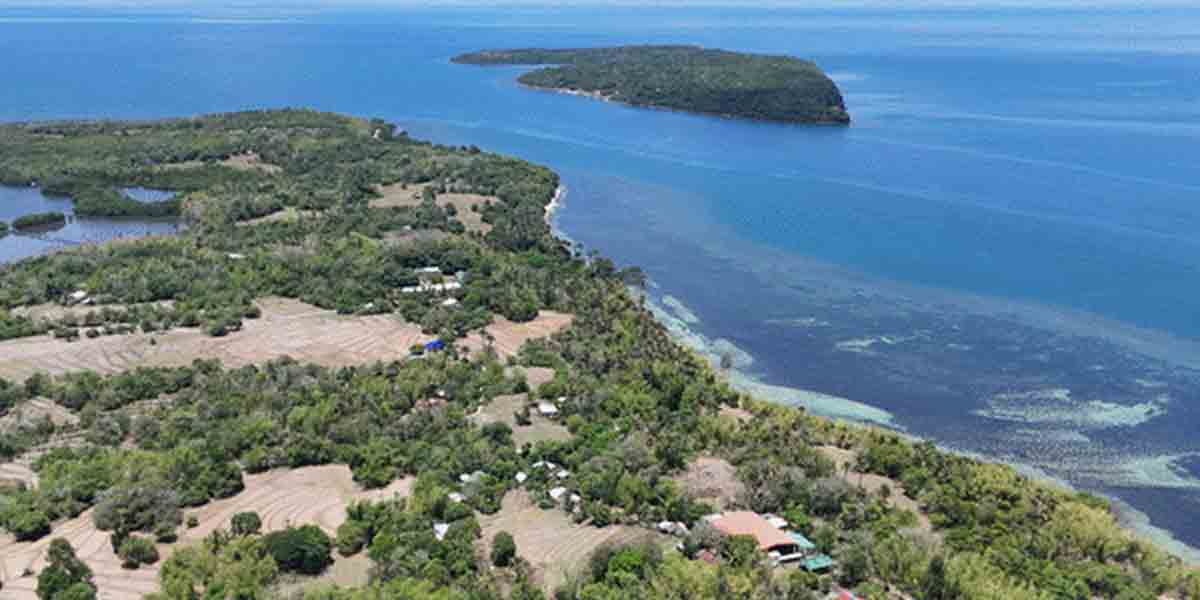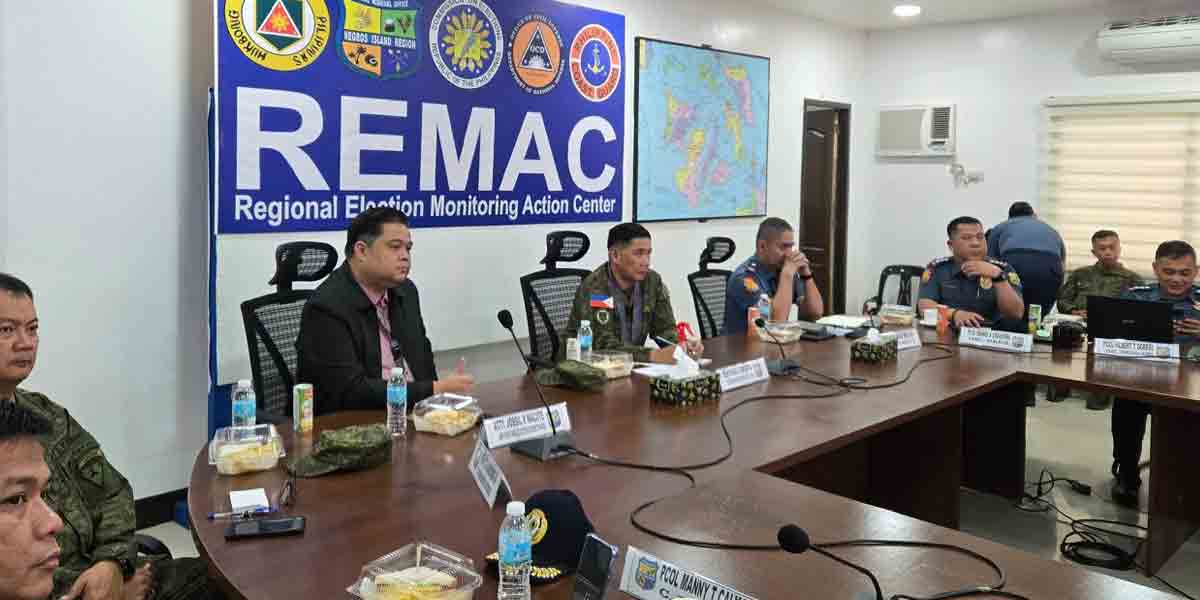
By Rjay Zuriaga Castor
Iloilo City Mayor Jerry Treñas has held the Department of Public Works and Highways (DPWH) responsible for the persistent flooding experienced by residents during heavy rains.
“Billions have been allocated for drainage. We are not the ones handling drainage projects; it’s the DPWH,” he emphasized, noting that the city government is often wrongly blamed by residents for flooding incidents.
Treñas asserted that the agency has substantial funds for flood control and drainage infrastructure.
Despite these allocations, flooding remains a persistent issue in the city and other parts of the country.
In a meeting with DPWH-6 earlier this July, the city mayor said the DPWH cited a lack of interconnectivity in drainage systems as a reason for the flooding.
“The point is, that is their work. That is billions every year,” he added.
The DPWH is responsible for planning and implementing such infrastructure solutions, typically at the regional and provincial levels.
However, these projects must be connected to local government units’ drainage systems to be effective.
Local government units typically undertake drainage infrastructure as part of road construction or when specific budgets are available.
Treñas said he also asked the DPWH to submit a flood control master plan, but the agency has yet to comply with the request.
Earlier this July, motorists and commuters experienced gutter-deep floods in several villages in the city due to heavy rains.
According to the City Disaster Risk Reduction and Management Office (CDRRMO), 72 out of the city’s 180 villages have been identified as high-risk flood zones this rainy season, based on the 2020 Climate and Disaster Risk Assessment study.
The CDRRMO noted that flood-prone barangays are near major waterways like the Jaro River, Jaro Floodway, Dungon Creek, and Calahunan Creek.
The 72 flood-risk villages could affect at least 240,360 residents, based on the 2015 census.
‘IRREPARABLE DAMAGE’
Treñas also criticized the Iloilo City District Engineering Office (ICDEO) of the DPWH, stating that unfinished and delayed projects undertaken by the office have caused “irreparable damage” to his reputation and the city’s image.
“The unfinished projects of the DPWH have caused irreparable damage to me. Their incomplete drainage projects have caused irreparable damage to the city,” he said.
ICDEO head Engr. Roy Pacanan responded that the city government’s persona non grata declaration against him has caused “irreparable damage” to his position, despite his relatively short tenure at ICDEO.
On June 10 and June 11, the City Council and the mayor declared Pacanan unwelcome in the city.
The ICDEO and the Office of the Building Official (OBO) of Iloilo City are at odds over who is to blame for the delayed projects, with differing views on the processing of building permit applications.
“OBO has been very lenient. You submit the requirements and OBO will just comply, and if they do not comply, what can we do?” Treñas added.
Pacanan earlier claimed that the delays in the projects were due to the “procrastination” of the OBO.

